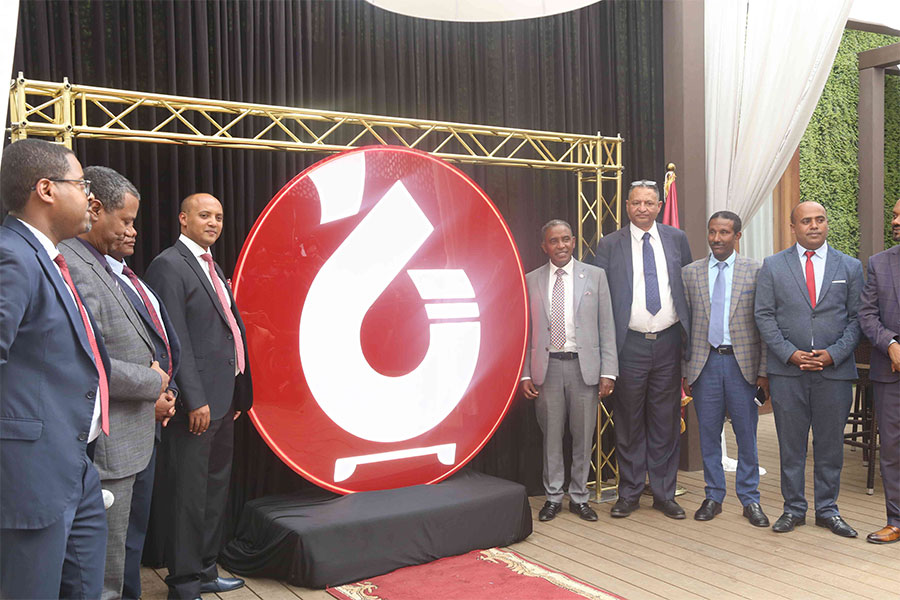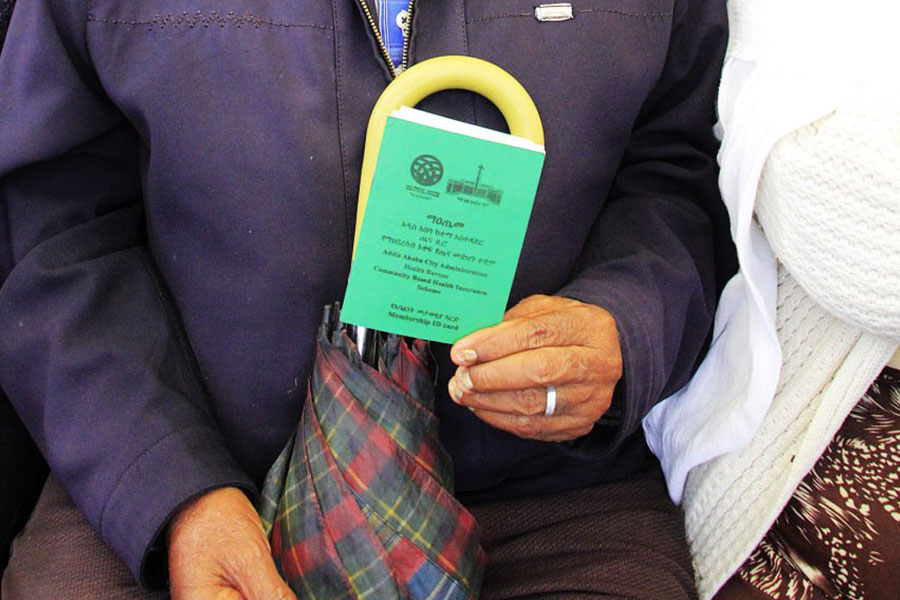
Fortune News | Jan 09,2021
Mar 9 , 2019.
What happens in Addis Abeba rarely stays in the capital. Cultures, lifestyles and trends eventually trickle down to the rest of the nation. This is the role and symbol, even if superfluous, that the city portrays in its political and economic realities to international and domestic observers.
The Eiffel Tower and the Notre-Dame Cathedral come to mind when people think of Paris, France; Westminster Abbey and Big Ben symbolise London in the United Kingdom. As economic and political capitals, Paris and London are the images of France and Britain to their own citizens as much as they are to the rest of the world.
It is no wonder then that Addis Abeba is where the political and economic fault lines of Ethiopia come into full view.
Walking the talk on his promises of making Addis Abeba the symbol of his vision of improving Ethiopia and creating a political transition, the administration of Prime Minister Abiy Ahmed (PhD) has gone out of its way to see the capital revamped.
From embarking upon a billion dollar riverside revitalization to building the 50-billion-Br luxury apartment and entertainment centre complex in La Gare, the Prime Minister plans to leave his fingerprints on the city.
Supporting a demography mostly composed of youth in a nation that is urbanising at an annual rate of 4.6pc needs to be addressed carefully. Focusing on Addis Abeba and looking at the rest of the country’s development through the prism of the capital will most likely hit roadblocks.
A unilateral focus on the capital will create an imbalance in economic growth that is already centred on Addis Abeba. The disparity between the capital and, not just the other cities, but the regions as well, is creating structural problems in the distribution of resources. It may devolve into political issues and contestation of power, the solution of which will not be found in Addis Abeba.
The capital’s significance for the national economy can barely be explained by Addis Abeba’s status as a primate city, those metropolises with populations disproportionately larger than others in a given nation. It has 11 times as much population as the next most populous city, Meqelle. It also hosts the largest number of operational investment projects in the last fiscal year - 20 billion Br. It hosts the highest number of micro and small businesses as compared to all of the regions and Dire Dawa in terms of credit.
The capital, which houses the largest number of private bank branches, also boasts 21pc growth in bank networks compared to the 12pc increase in the rest of the country.
The contrast in economic activity can also be seen in the number of new businesses registering in the capital. In the first half of this fiscal year, 19pc of all the new businesses were registered in Addis Abeba, a city of 3.4 million, while 23pc and 26pc were in the Oromia and Amhara regional states, respectively. Ironically, these two regional states account for well over half of Ethiopia’s population.
The city faces challenges of high cost of living, inadequate infrastructure, homelessness, pollution, congestion and unemployment. In fact, for a historical city that serves as the headquarters of major international institutions, planning and administration has been below par.
But what the numbers show is that the other major cities in terms of population - Meqelle, Adama, Bahir Dar, Hawassa and Dire Dawa - are lagging far behind. This requires regional governments and councils to make use of the autonomy imbued in them by the constitution in charting a path for sustainable economic growth.
They can start by working together with the federal government that can provide resources that they may not have on their own.
Most crucial though would be city administrations’ ability to impress upon themselves the importance of growth in the service sector, given the appeal it has for the youth, and the growth potential within limited resources of land.
This can be addressed by building on the effects of agglomeration already taking place in cities. Clusters allow labour, information and capital to be circulated much faster and cost-effectively, boosting economic activity. City administrations will reap the greatest benefits from the relatively liberal policies of the incumbent in the federal government by improving contract enforcement and public services provision and smoothing out the bureaucracy.
They could lobby for policies that could offer them a bit of steam on their target to catch up to Addis Abeba. This can be for the National Bank of Ethiopia to incentivise financial intermediation in parts of the country outside of the capital instead of the blanket policies that currently apply to the country. They could also work with the government to lower corporate taxes for businesses - or even bring it down to zero - that operate in cities where infrastructure is lagging far behind.
Whatever policies the government follows, urbanisation will be a constant. This agglomeration effect in itself offers opportunities that rural areas could never match. Thus, it will not only be an affliction to the national economy to allow the continuation of the current economic trend but a missed opportunity at a time many cities around the country can offer much more.
PUBLISHED ON
Mar 09,2019 [ VOL
19 , NO
984]

Fortune News | Jan 09,2021

Fortune News | Aug 16,2020

Commentaries | Apr 01,2023

Fortune News | Jul 09,2022

Fortune News | Sep 01,2024

Sunday with Eden | Feb 06,2021

Commentaries | May 28,2022


Radar | Apr 30,2022

Life Matters | Aug 10,2024

Photo Gallery | 175827 Views | May 06,2019

Photo Gallery | 166045 Views | Apr 26,2019

Photo Gallery | 156448 Views | Oct 06,2021

My Opinion | 136844 Views | Aug 14,2021

Dec 22 , 2024 . By TIZITA SHEWAFERAW
Charged with transforming colossal state-owned enterprises into modern and competitiv...

Aug 18 , 2024 . By AKSAH ITALO
Although predictable Yonas Zerihun's job in the ride-hailing service is not immune to...

Jul 28 , 2024 . By TIZITA SHEWAFERAW
Unhabitual, perhaps too many, Samuel Gebreyohannes, 38, used to occasionally enjoy a couple of beers at breakfast. However, he recently swit...

Jul 13 , 2024 . By AKSAH ITALO
Investors who rely on tractors, trucks, and field vehicles for commuting, transporting commodities, and f...

Oct 18 , 2025 . By NAHOM AYELE
In a sweeping reform that upends nearly a decade of uniform health insurance contribu...

A bill that could transform the nutritional state sits in a limbo, even as the countr...

Oct 18 , 2025 . By SURAFEL MULUGETA
A long-planned directive to curb carbon emissions from fossil-fuel-powered vehicles h...

Oct 18 , 2025 . By BEZAWIT HULUAGER
Transaction advisors working with companies that hold over a quarter of a billion Bir...